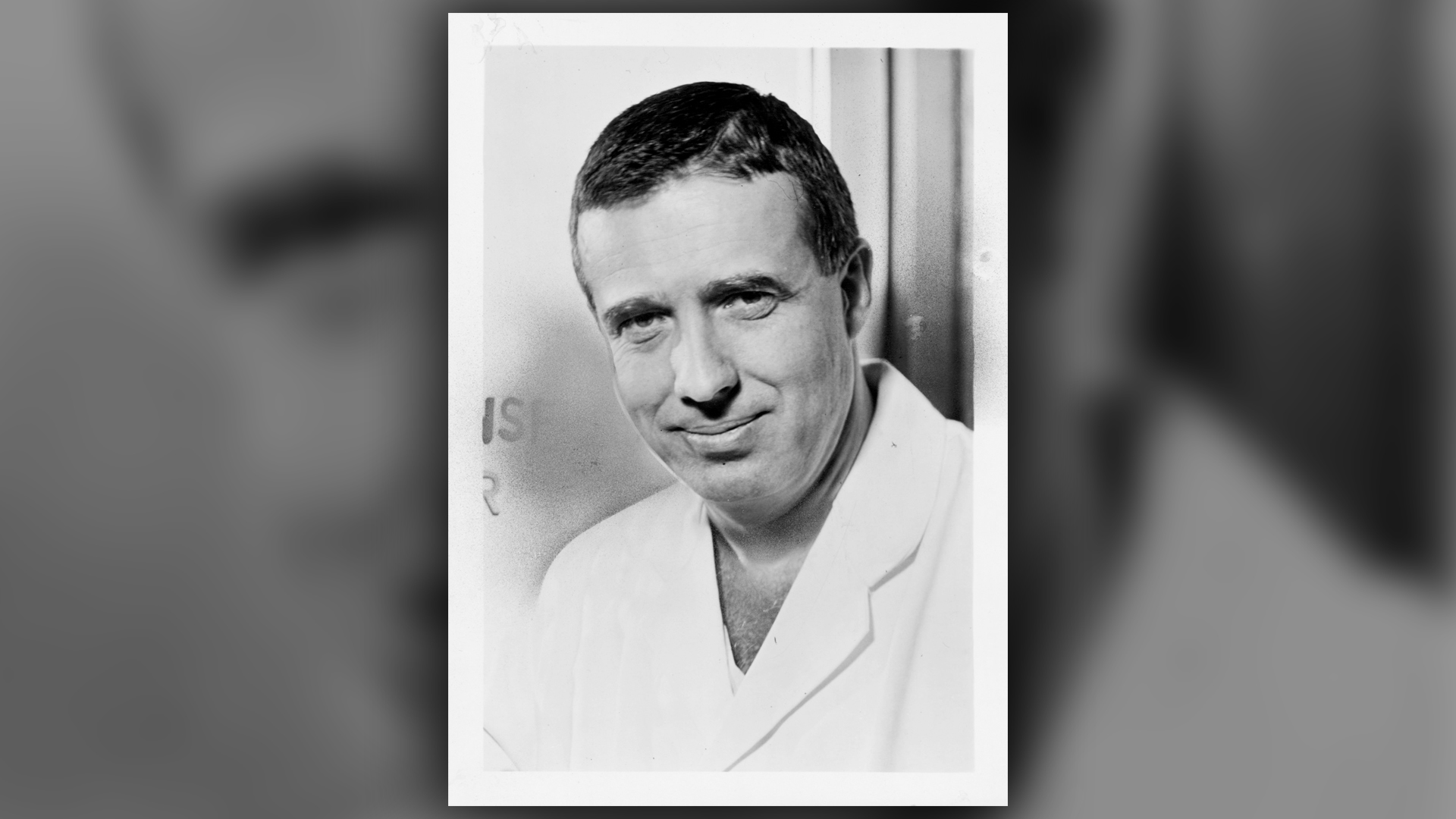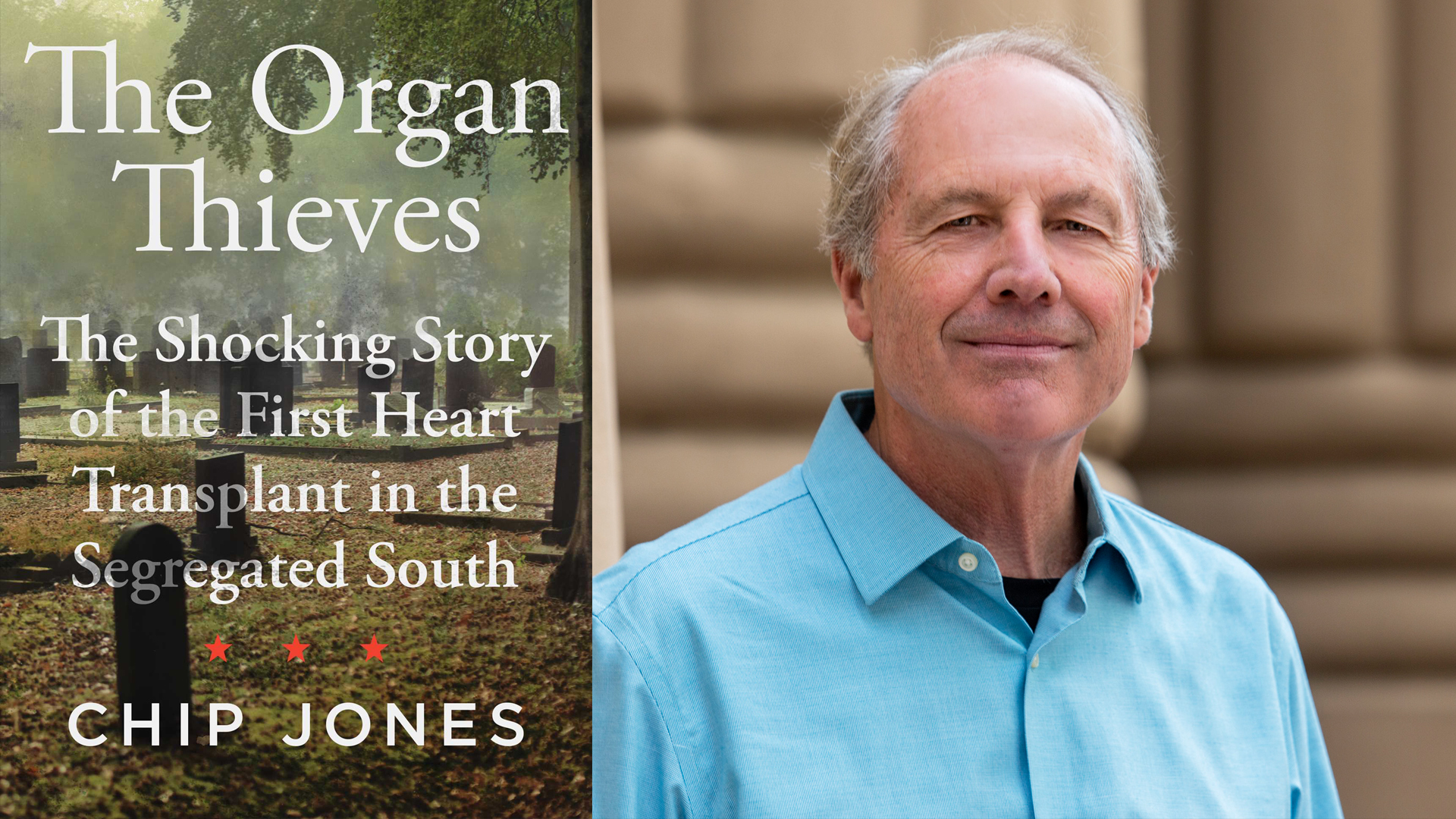Landmark transplant in 1960s Virginia performed with heart stolen from a Black man
Less than 24 hours after an injured Bruce Tucker entered the hospital, doctors would remove him from life support — and then removed his heart.

On May 25, 1968, surgeons in Richmond, Virginia, performed a successful heart transplant, one of the world's first, on a white businessman. The heart that they used was taken from a Black patient named Bruce Tucker who had been brought to the hospital the day before, unconscious and with a fractured skull and traumatic brain injury. He was pronounced brain dead less than 24 hours later.
Tucker's still-beating heart was then removed without his family's knowledge or prior permission; their horrified discovery — from the local funeral director — that Tucker's heart was missing was a devastating blow.
The surgeons' actions, which led to America's first civil suit for wrongful death, are brought to light in the new book "The Organ Thieves: The Shocking Story of the First Heart Transplant in the Segregated South" (Simon and Schuster, 2020) by Pulitzer Prize-nominated journalist Charles "Chip" Jones. Jones raises troubling questions about the ethics of this pioneering transplant, revealing its deep roots in racism and discrimination toward Black people in health care.
Related: 7 Reasons America still needs civil rights movements
The first human organ transplant, a kidney, took place in 1954, and by the late 1960s, "superstar" surgeons were vying to be the first to successfully transplant a human heart, Jones told Live Science.
"In terms of science, it was the medical parallel to the space race," Jones said.
Dr. Richard Lower and Dr. David Hume, surgeons at the Medical College of Virginia (MCV) in Richmond, were at the forefront of that race, but it was South African surgeon Dr. Christiaan Barnard who performed the first heart transplant on Dec. 3, 1967. In May of 1968, MCV admitted to its hospital a patient with severe coronary disease who was a promising candidate for a heart transplant. But Lower and Hume had yet to find a viable heart donor.
Sign up for the Live Science daily newsletter now
Get the world’s most fascinating discoveries delivered straight to your inbox.
And with time running out for their sick patient, they needed one fast.
The "charity patient"
Tucker, a Richmond factory worker who had sustained a serious head injury in a fall, was brought to the MCV Hospital on May 24, 1968. Though Tucker's personal effects included one of his brother's business cards, officials were unable to locate a family member on behalf of the unconscious man. And because the hospital claimed Tucker had no family and had liquor on his breath (he had been drinking prior to his accident), he was profiled as a "charity patient" and marked as a potential heart donor.
"He was in the wrong place at the wrong time," Jones said.
Tucker was connected to a ventilator, unable to breathe on his own. A junior medical examiner performed an electroencephalogram (EEG) to determine electrical activity in Tucker's brain; the examiner declared that there was none. The surgeons pronounced this to be sufficient evidence of brain death; Tucker was removed from the ventilator, and Hume and Lower removed Tucker's heart for the transplant, Jones wrote.
Related: What happens to your body when you're an organ donor?

Decades later, in 1981, the Uniform Determination of Death Act provided a legal definition of death: "irreversible cessation of circulatory and pulmonary functions" and "irreversible cessation of all functions of the whole brain," which means that the entire brain — including the brain stem — has ceased to function, according to Johns Hopkins Medicine.
But in 1968, the legal concept of death was not as clearly defined, Jones said.
"There was no statutory framework that would let doctors know how to proceed in a situation like this, where they had a patient that they legitimately thought had no chance of recovery," Jones explained. "And time was of the essence, in their view, to save a very sick man." However, the doctors were also quick to presume that Tucker was indigent and without family — a racially motivated judgment, according to Jones.
Related: The 9 most interesting transplants
Tucker's family learned that his heart was missing from the funeral director; they pieced together what had happened from news reports (Tucker's identity was not initially released to the public, Jones wrote). Eventually, Tucker's family would file a civil lawsuit for wrongful death, which went to trial in 1972. Representing them was attorney L. Douglas Wilder, who later became the first elected Black governor in the U.S.
According to Wilder, Lower "willfully, wrongfully, wantonly and intentionally pronounced Bruce O. Tucker dead ahead of his actual death, in violation of the law, well knowing that he was not legally qualified to do so." State law required family notification and waiting for 24 hours before performing surgery.
"They skirted the process that was in place in Virginia because they were so eager to finally do the operation," Jones said.
The famous case of Henrietta Lacks presents a similar collision between medical ethics and racism. Lacks, a Black woman (also from Virginia), was diagnosed in 1951 with cervical cancer. A doctor collected cells from one of her tumors and then reproduced them indefinitely in the lab; after Lacks' death, those cells were then distributed widely among scientists for years without her family's knowledge or permission. Known as the HeLa cell line, they were used in research that led to cancer treatments and to the discovery of the polio vaccine, but decades passed before Lacks' family learned of her medical "immortality."
In 2013, the National Institutes of Health (NIH) reached an agreement with the family for permitting future research involving data from HeLa cells; the new process requires application through a panel that includes descendants and relatives of Lacks, Live Science previously reported.
"The body man"
The injustices experienced by Lacks, Tucker and their families stemmed from racism that is deeply embedded in America's medical infrastructure, Jones noted. In fact, when medical colleges in America adopted a more hands-on approach to anatomical studies during the 19th century, instructors frequently trained their students in human anatomy using cadavers of Black people that were stolen from African American cemeteries, Jones wrote.
Grave robbing was technically illegal, but when Black people were the victims, authorities tended to look the other way, according to Jones. Medical schools would hire a "body man" (also known as a "resurrectionist") to procure bodies; at MCV, the designated grave robber was a Black man named Chris Baker, a janitor at the school who lived in the basement of the college's Egyptian Building.
Most of the country's medical schools abandoned this racist method of procuring cadavers by the mid-1800s, but records suggest that it continued in Virginia until at least 1900, Jones said.
"There were news reports of bodies being 'snatched' from the Virginia state pen, which is about five blocks from the medical college," he said.
Jones unexpectedly discovered a reminder of this crime while researching his book, in a mural displayed in MCV's McGlothlin Medical Education Center. Painted between 1937 and 1947 by Richmond artist George Murrill, the mural celebrates the medical college's history. And it includes the image of a corpse being furtively carried away from a grave in a wheelbarrow.
"It shows how the legacy of racism is literally right under people's noses," Jones said.
"The Organ Thieves" is available to buy on Aug. 18; read an excerpt here .

Originally published on Live Science.

Mindy Weisberger is an editor at Scholastic and a former Live Science channel editor and senior writer. She has reported on general science, covering climate change, paleontology, biology and space. Mindy studied film at Columbia University; prior to Live Science she produced, wrote and directed media for the American Museum of Natural History in New York City. Her videos about dinosaurs, astrophysics, biodiversity and evolution appear in museums and science centers worldwide, earning awards such as the CINE Golden Eagle and the Communicator Award of Excellence. Her writing has also appeared in Scientific American, The Washington Post and How It Works Magazine. Her book "Rise of the Zombie Bugs: The Surprising Science of Parasitic Mind Control" will be published in spring 2025 by Johns Hopkins University Press.










